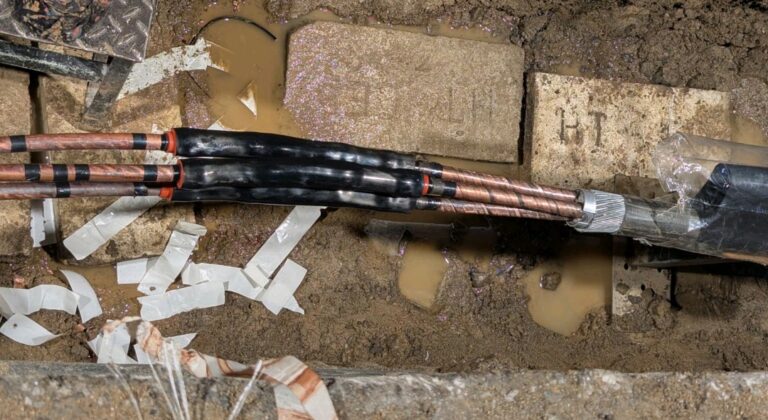What is a Recloser ?
A recloser is an automatic device that interrupts the flow of electrical current in the event of a fault, such as a short circuit or overload. Unlike traditional circuit breakers, reclosers have the capability to automatically restore power after a predetermined time, provided that the fault has cleared.
This feature minimizes downtime and enhances the reliability of power supply to consumers.
✓ Working Principle of Reclosers
The operation of a recloser can be broken down into several key steps:
• Fault Detection:Reclosers continuously monitor the electrical current flowing through the circuit. When an abnormal condition, such as a fault, is detected, the recloser initiates its operation.
• Interruption of Current:Upon detecting a fault, the recloser opens its contacts to interrupt the flow of electricity. This action protects the electrical infrastructure from damage caused by excessive current.
• Time Delay:After the initial interruption, the recloser waits for a specific time period before attempting to close its contacts again. This delay allows transient faults (temporary faults that clear themselves) to dissipate.
• Automatic Restoration:If the fault has cleared during the time delay, the Reclosers automatically closes its contacts, restoring power to the circuit. If the fault persists, the Reclosers will remain open and may attempt to close again after a predetermined number of retries.
•Lockout Condition:
If the fault continues to occur after several attempts to restore power, the recloser will enter a lockout condition, requiring manual intervention to reset and restore the circuit.
